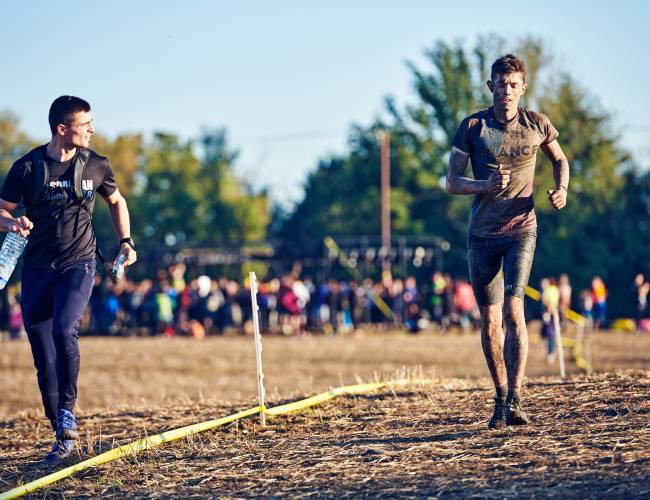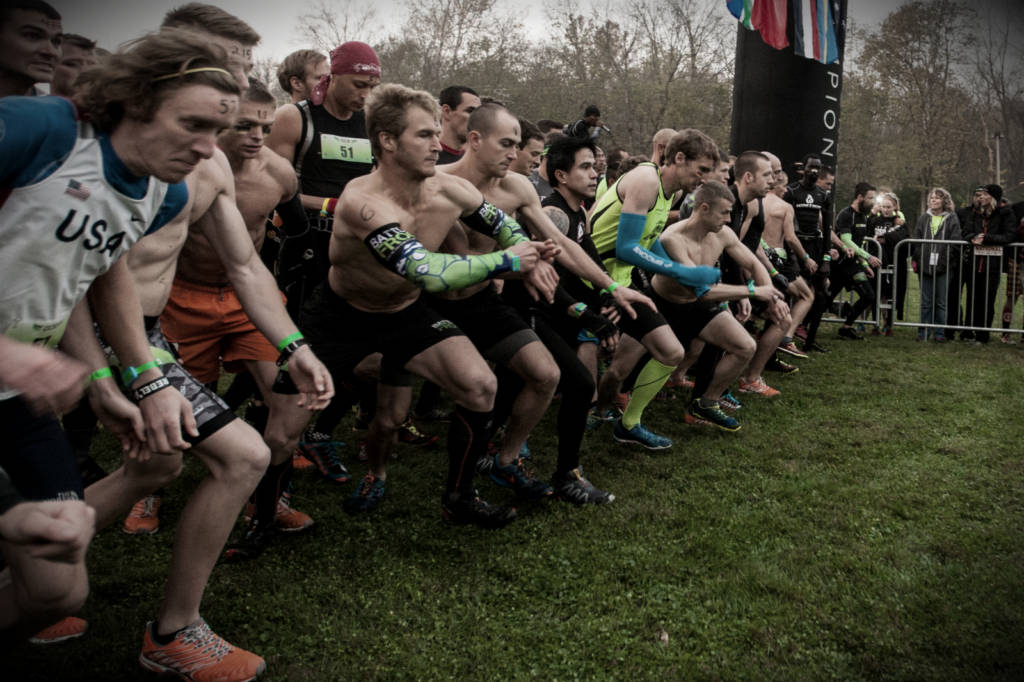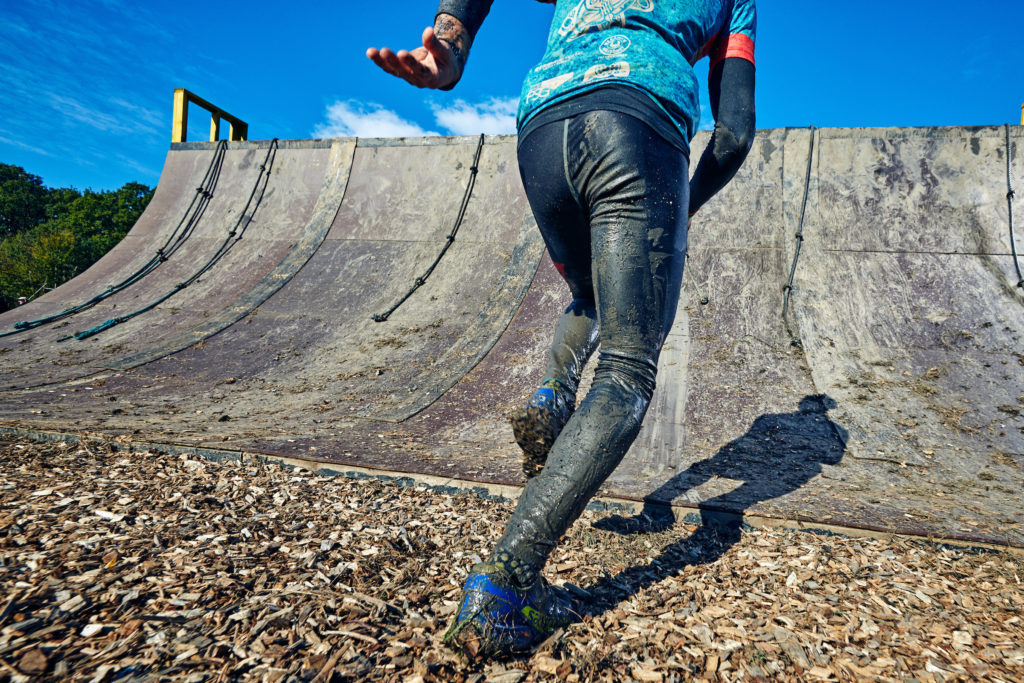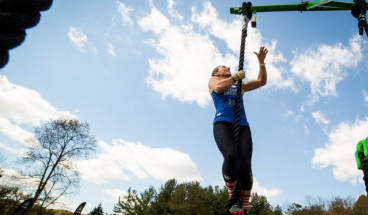
3 Ways to be a Better OCR Runner
So, you want to be a better OCR runner?
A lot has been said regarding the pitfalls of over striding while running. As a matter of fact, I travel the country explaining to OCR athletes why this flaw in running is so catastrophic. So why is it that some athletes are able to get away with it seemingly unscathed? To be a better runner, the answer can be summed up in two words: mobility and stability. Anyone who’s listened to my podcasts on the subject of running skill and injury prevention has heard me point out that success in most all of what we do in sport is tied to our strength to weight ratio. If you’re strong enough to maneuver your mass as it is in opposition with gravity, things fall in your favor. Strong and light in endurance events is a winning combination.

Running requires momentary flight.
We must launch ourselves in an arcing trajectory, only to make ground contact in hopefully a successful landing. This is where things get interesting. With over striding, our stability is compromised as we make ground contact.
There are three principal joints:
- ankles
- knees
- hips
These joints need to act in order to not only protect us from injury but also provide us locomotion. This is done through contractile “stiffening.”
Short story: safe, faster and enduring!
In a perfect world, the sequence of events during the gait cycle while running should begin with a stable stance to push off (acceleration) from the forefoot. This phase of the gait cycle can only occur once your foot is beneath your body. As your accelerating leg passes behind you, you’ll have taken flight. The push off force that extends your leg behind, evokes a stretch reflex that will bring the leg forward again much like the response of a stretched rubber band.
The moment you touch down (deceleration phase) and your weight finds the ground, contractions once again attempt to mitigate impact and ultimately “lock down” (isometrically stabilize), gather the energy created while decelerating, then taking this energy to push you back into space. These three phases, a neatly orchestrated process of the gait cycle, when done correctly, lessens shock through the joints and places the load where it belongs (in the muscles and connective tissue).
This may seem a bit much to take in, but in essence, be a better runner by training the body to find stability quickly, and improving the mobility of the articulating joints. It will pay huge dividends in not only keeping you free of injury, it will also enhance your performance and economy of motion. Short story: safe, faster and enduring!
3 Simplistic Exercises to be a Better OCR Runner:
(all exercises should be done barefoot to earn the most feedback from the ground and allow the foot and ankle the freedom to function naturally)
1. Peg Leg
Simply balance on one foot with the knee slightly bent for 30 seconds. Without letting the opposing foot touch the ground, carefully reach to touch the ground with both hands then return to the starting position. Repeat for 10 repetitions, change legs and repeat the entire sequence.
2. Progression 1
At the conclusion of the entire sequence, return to the starting foot and repeat, when the repetitions are done, begin hopping up and down in place for 30 seconds while being sure to allow the heel to completely touch the ground each hop. Change legs and repeat.
3. Progression 2
Try and complete the aforementioned set with eyes closed. This will deprive you of important sensory feedback which will make your feed back to the mechanoreceptors in your feet all that more acute.
Be creative and develop your own series of challenges off of one leg/foot at a time.
The goal is to generate as much stability and mobility as possible from foot to core. In a matter of just a few sessions you’ll notice and improvement in ankle, knee and hip joint integrity. The next time you go bombing down a mountain or reaching for that faster gear, your legs will be there for you.

– Richard Diaz
Richard “Coach” Diaz is often referred to as “the guy,” simply because it’s hard to encapsulate his many talents under one title. His experience and unparalleled diversity as a coach / clinician in endurance sport traces back nearly 40 years having conducted performance assessments for literally thousands of athletes from elite professionals to homemakers, is what defines him as the coach he is today. His focus is running mechanics and bioenergetics, which he believes are critical components of success in athletic performance. You can find Richard Diaz on his website, Facebook, Instagram and on his popular podcast, The Natural Running Network.


